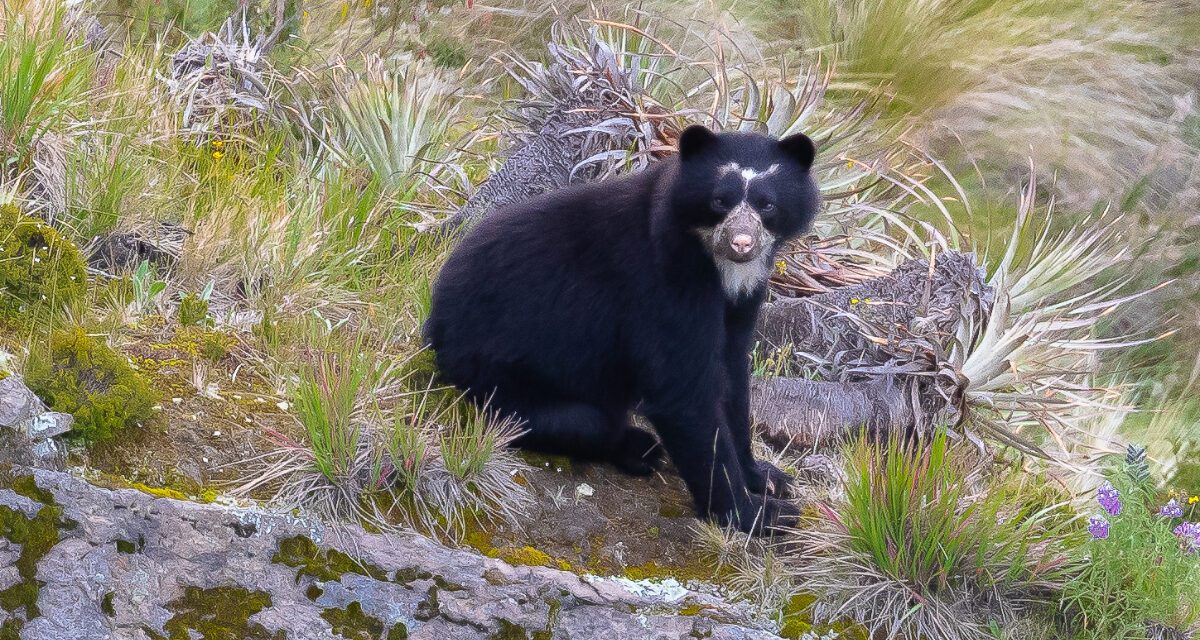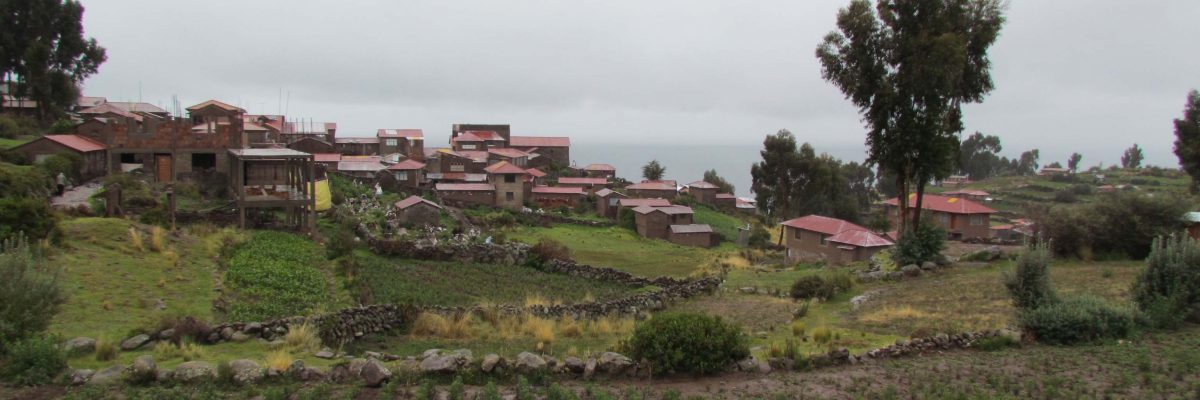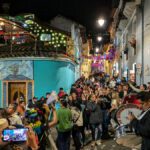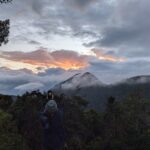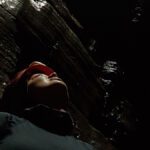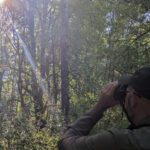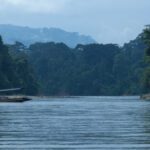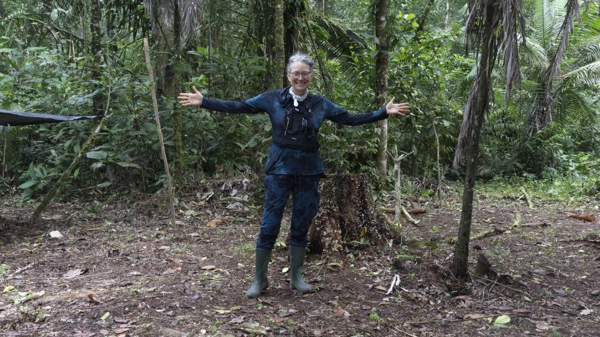As responsible travelers evolve, so do the stories we share.
This article is part of our living archive — trusted content we continue to care for.
First published on February 20, 2025 • Last updated on February 20, 2025.
The Andean spectacled bear is one of South America’s most elusive creatures, a ghost of the cloud forest that few are lucky enough to see in the wild. As the only bear species native to South America, it holds a special place in Andean ecosystems and the cultural heritage of many Indigenous communities.
Despite traveling extensively through Ecuador and Peru—places where Andean bears are known to roam—I have yet to see one in with my own eyes. My closest encounter? A frustrating near-miss at Tambo Condor, where a guide had just spotted a bear near Laguna Seca. We grabbed our binoculars, scanned the landscape, held our breath… and saw nothing. The bear had vanished. It was likely hunkered down in a ravine with some of its favorite food, the tasty hearts of a bromeliad known locally as achupaya.
Though I haven’t been lucky enough to spot one in the wild (yet!), I have met Pinocchio, an Andean bear living at the Salisbury Zoo in Maryland. The zoo staff allowed me up close and personal access, through a fence of course, to ask him a few questions. His expressive face and gentle curiosity were a reminder that this species, though secretive, has a personality all its own.
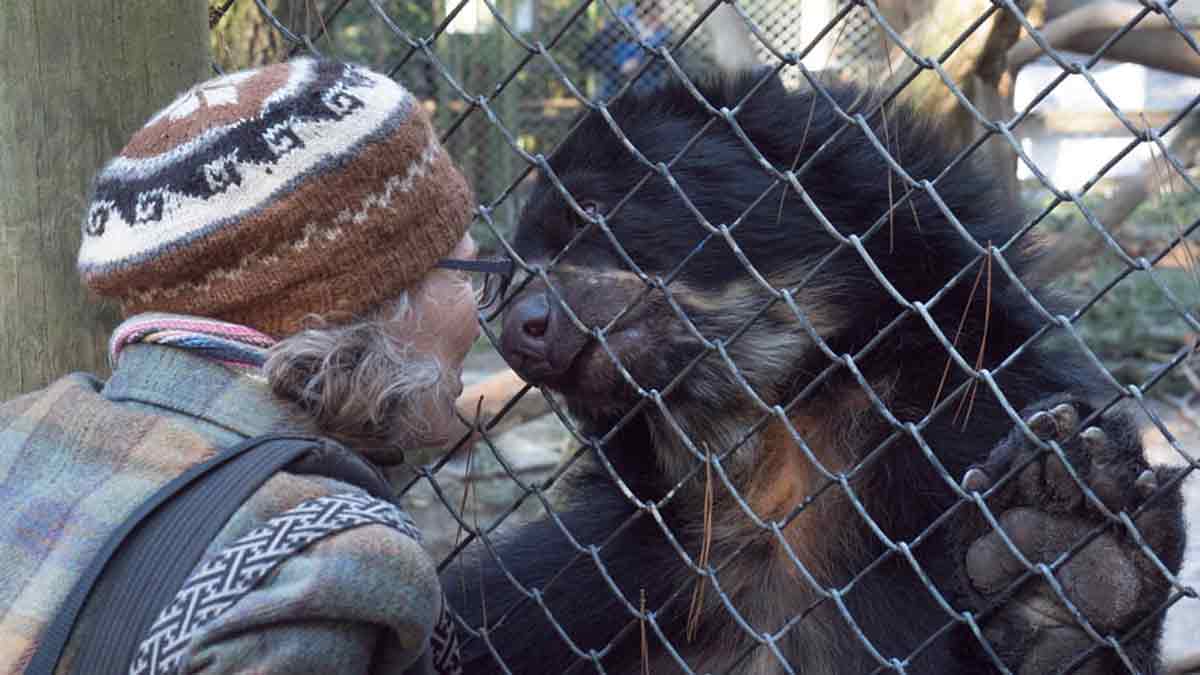
But what makes the Andean spectacled bear so special? And why did the IUCN declare it a vulnerable species in 2016?
A Few Facts About the Andean Spectacled Bear
A resident of the Andes, the spectacled bear ranges from Venezuela to Argentina, roaming a wide variety of habitats like scrub deserts, grasslands, and dense, misty cloud forests. They are always in search of food.
Spectacled bears are omnivores (they’ll eat anything) but are primarily herbivores. Over 90% of their diet is fruit, seeds, leaves, and bromeliads rather than meat. They follow their noses to food, migrating along ancient routes that we have yet to understand. This behavior makes them extremely important to Andean habitats, where they disperse seeds, that help regenerate forests and grasslands, ensuring a healthy environment for countless other species.
But, as omnivores, they also eat other animals, like snails. There are instances where bears have been found scavanging dead cows and even reports of bears hunting cattle. Occasionally, an Andean bear may raid a cornfield, the delicious ears an easy treat for a hungry animal.
A male Spectacled bear can grow up to eight feet long and weigh 300-400 pounds. Females are about half their size, making them surprisingly agile climbers. In the cloud forest, they often build tree nests where they rest during the day before descending to forage at night. Females raise families, birthing one to two cubs at a time. Cubs seem to remain with mom until about a year or so old but scientists are still studying bears to learn much more about their behavior.
Last but not least, each bear sports a unique pattern of cream-colored markings on its face and chest. Some of these markings are very distinctive around the eyes of certain bears, leading to the name Spectacled Bear. Scientists use these markings to identify individual bears.
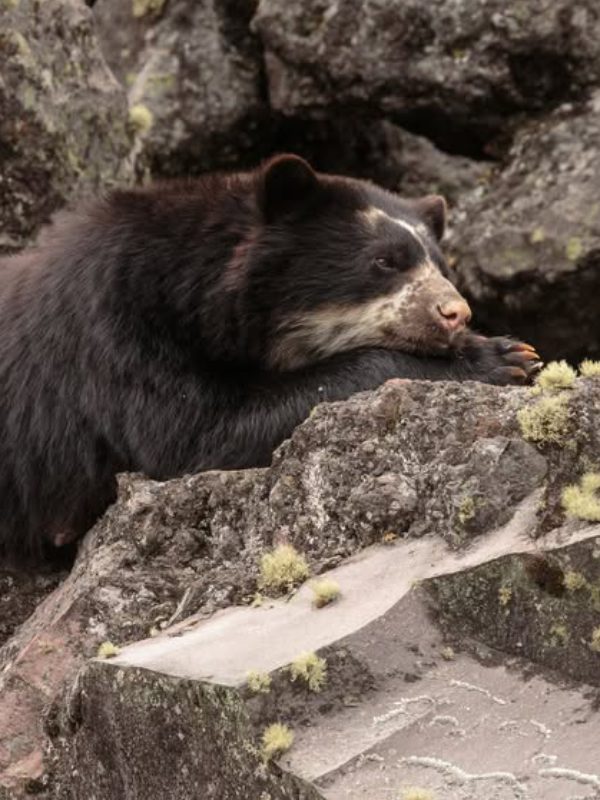
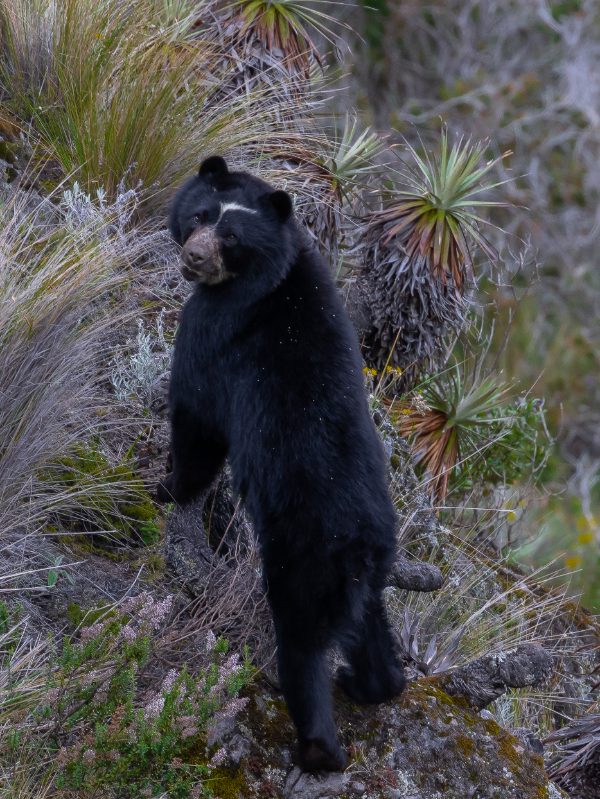
The Andean Spectacled Bear: The Real-Life Paddington
If the Andean bear looks familiar, it might be because it inspired one of the world’s most beloved fictional characters: Paddington Bear! When British author Michael Bond created Paddington in 1958, he imagined a small, polite bear who came from “darkest Peru” before finding a home in London.
While real Andean bears don’t wear red hats or carry suitcases, they do have the same gentle demeanor. Like other bear species, Andean bears prefer to avoid humans rather than confront them. Their elusive nature and preference for dense, high-altitude forests make sightings a rare and special experience.
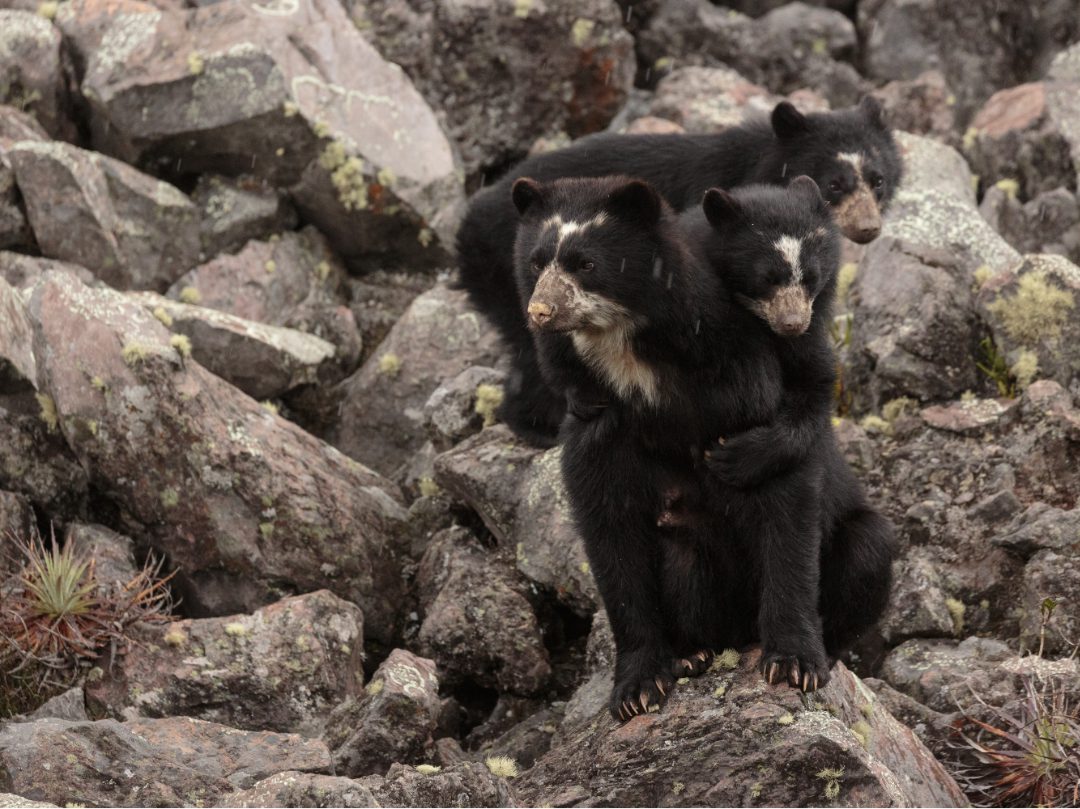
However, with increased deforestation and human encroachment, sightings of Andean bears occur more often. This is a mixed blessing. On one hand, more frequent encounters provide opportunities for researchers and conservationists to study these elusive animals and raise awareness about their plight. On the other hand, it signals a troubling reality—bears are being forced out of their shrinking habitats in search of food, bringing them closer to human settlements. This increases the risk of conflict, as farmers may see them as a threat to crops or livestock. Without effective conservation efforts, these encounters could lead to more retaliatory killings, further endangering an already vulnerable species.
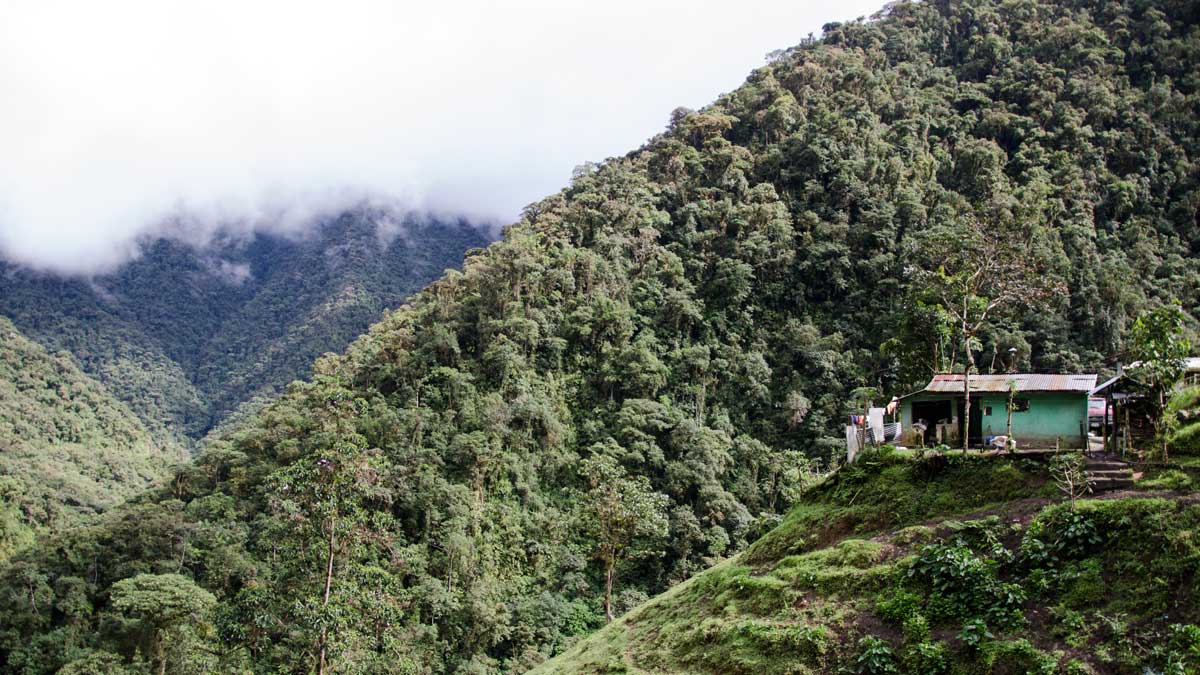
Why Saving the Andean Bear Matters
The Andean bear isn’t just another species—it’s an umbrella species, meaning its survival impacts the entire ecosystem. When we protect the Andean bear, we protect the flora and fauna of multiple Andean habitats.
Protecting the Andean bear means safeguarding one of the most biodiverse regions in the world. As deforestation pushes bears closer to farmland, human-wildlife conflicts become more common. That’s why we are working with Tambo Condor and Reforest Ecuador (Fundación Sembrando Esperanza) to build an interpretive center dedicated to educating Ecuadorians and international visitors about the importance of the Andean bear to the páramo. By fostering awareness and promoting sustainable coexistence, we hope to ensure that both bears and local communities can thrive together.
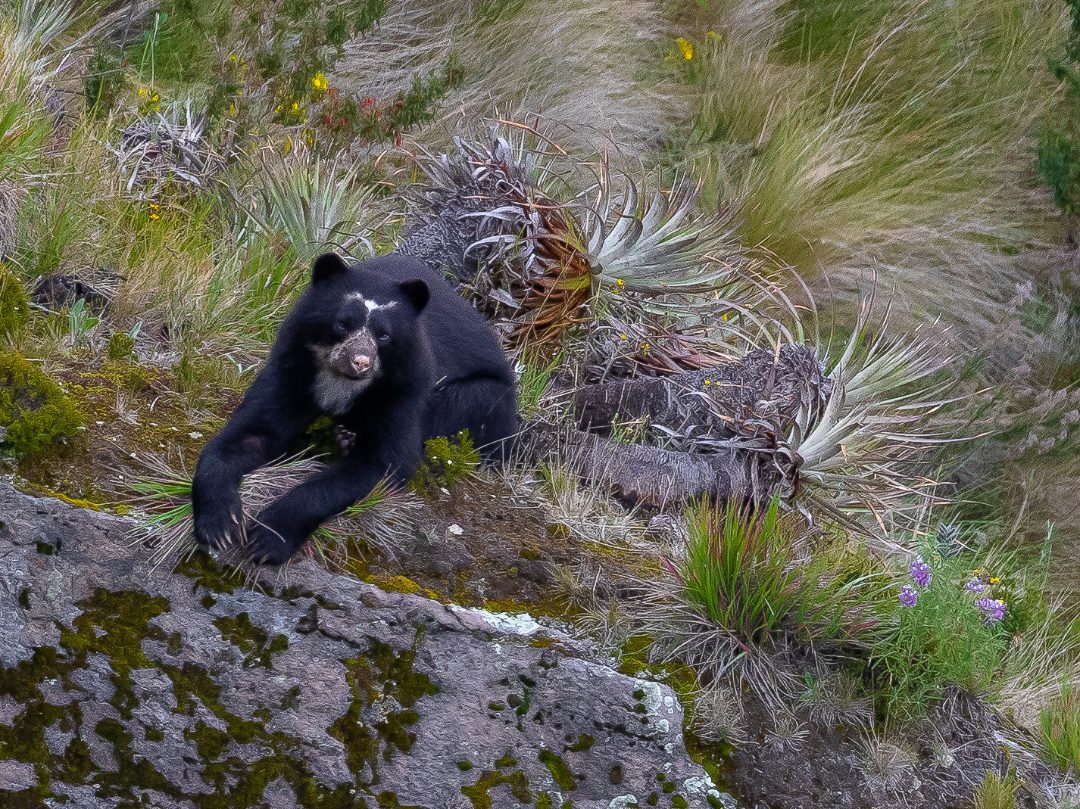
A Dream Not Yet Realized
I may not have seen an Andean Spectacled bear in the wild, but I haven’t given up. With each visit, I meet more people protecting bear habitat – supporting bears by reforesting cattle pasture and planting native, fruiting trees and plants that the bears need for their survival.
Perhaps my next visit to Maquipucuna or a return trip to Tambo Condor will be the moment my dream comes true. Until then, I’ll keep scanning the landscape, holding my breath, and hoping.
Have you seen an Andean bear in the wild? Share your experience in the comments! We want to know what it was like.

